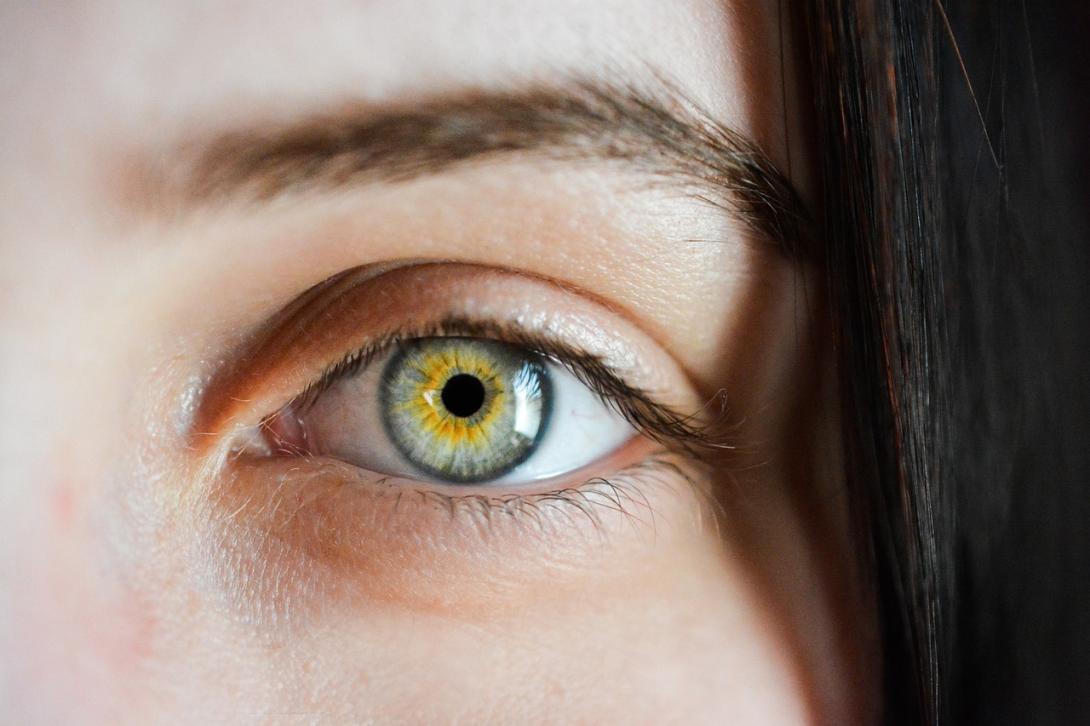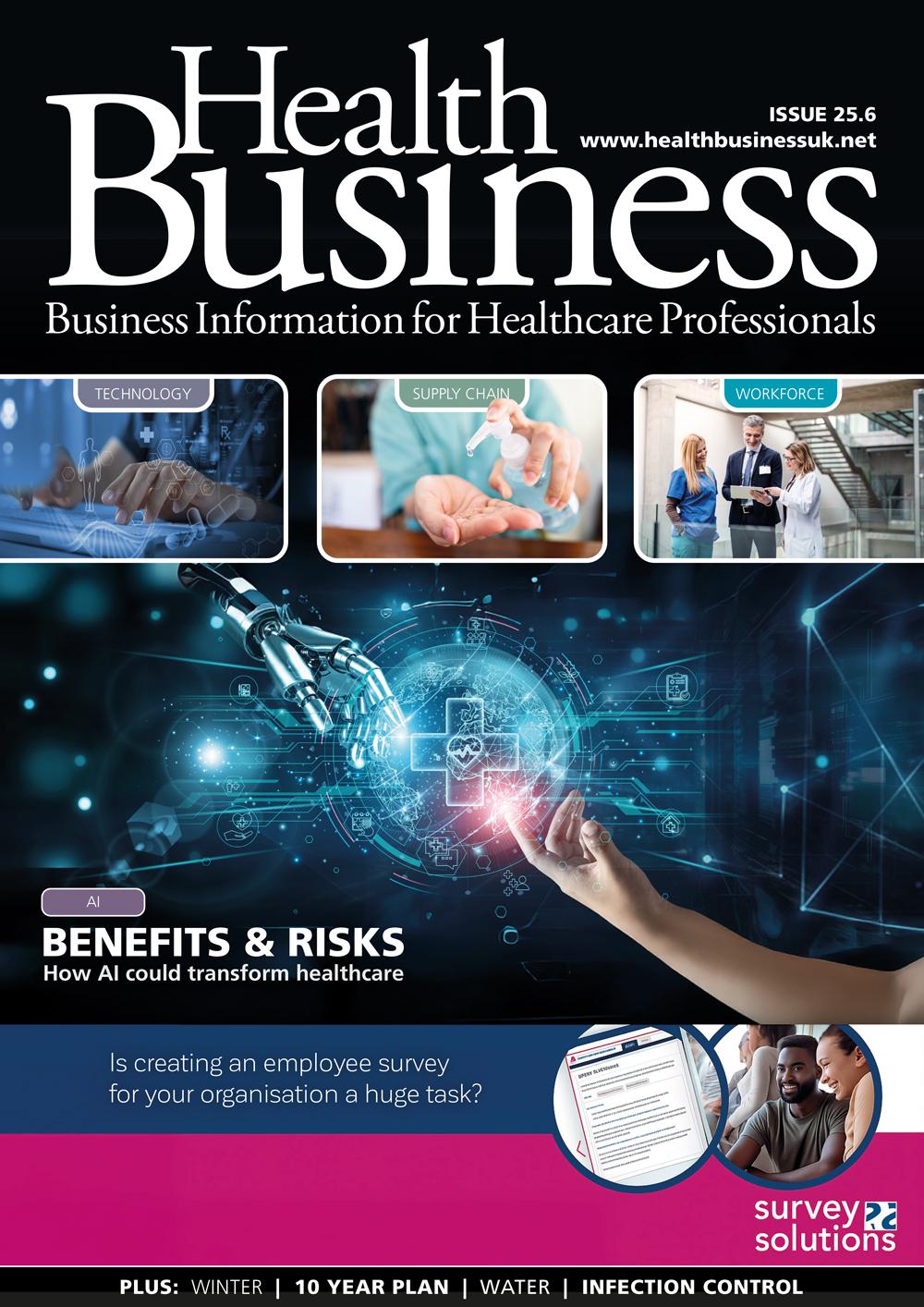The NHS has announced new measures to improve due care and cut waiting times.
New clinical guidance has been published which means that patients will get access to more sophisticated diagnostic imaging before they are referred to a consultant.
It is hoped that the new guidance will reduce patients' anxiety and ease pressure on ophthalmology services and free up vital clinical time by prioritising those who really need to be seen by a specialist. It is also hoped that there will be fewer unnecessary referrals.
At the moment, ophthalmology is currently the busiest outpatient speciality in secondary care and makes up almost 10% of the entire waiting list.
Improvements are also scheduled for patients with suspected glaucoma and cataracts, ensuring more accurate testing is available and that patients are more involved in the decisions about which treatment is best for them.
10 measures are being introduced by medical experts, clinical commissioners and patients on the evidence-based interventions programme which recommends changes to the way tests, treatments and procedures are carried out based on the latest medical evidence. Other measures include improvements to the way transient ischemic attacks or ‘mini-strokes’ are treated and the circumstances in which breast implants are removed. It also recommends reducing angioplasty for stable angina and expanding the use of MRI scanners in the diagnosis of prostate cancer.
NHS medical director Professor Sir Stephen Powis said: “Medicine and technology is constantly evolving and it is right that the NHS uses the latest clinical evidence to ensure options on the table for patients are as up to date as possible while also maximising efficiencies for the taxpayer.
“We expect these changes will prevent thousands of unnecessary referrals to ophthalmology services – giving back patients and staff alike their valuable time – as well as updating guidance for a range of other services to ensure the most effective and efficient treatment is being used for patients.”
Image by Sofie Zbořilová from Pixabay

